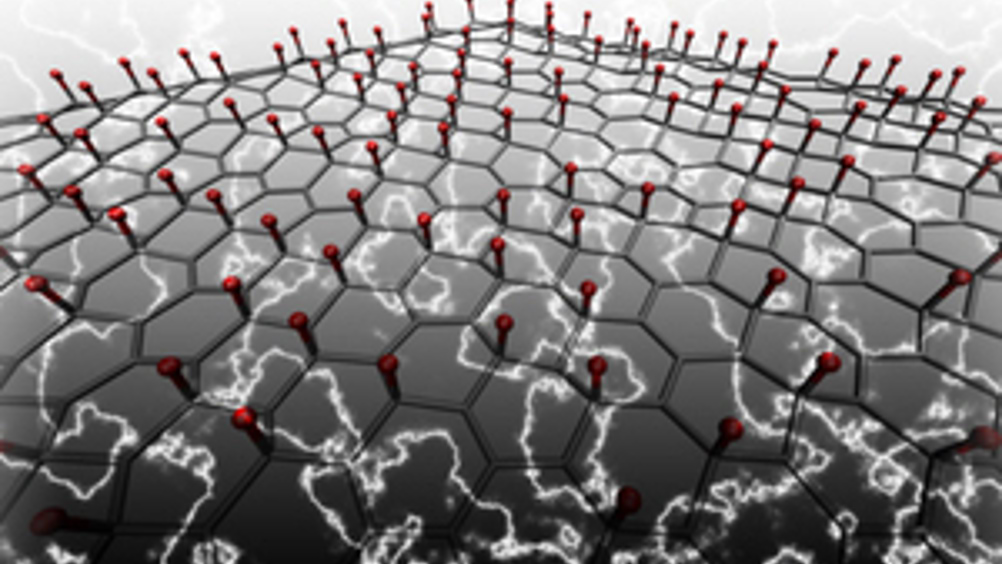Piezoelectric graphene opens new possibilities in nanotechnology
1 min read
Researchers have described an innovative method of engineering piezoelectrics into graphene, enabling the manipulation of electronics at the nanoscale for the first time.

Evan Reed and Mitchell Ong from Stanford School of Engineering, have discovered that the created physical deformations proportionally vary with the applied electrical field, making the material modify its shape in predictable ways. The research, published in ACS Nano, paves the way for piezoelectric graphene to offer an unprecedented degree of control over optical, electrical and mechanical properties for applications such as nanoscale transistors and touchscreens.
In order to measure the piezoelectric effect, the engineers used an advanced modelling application to simulate the doping process of graphene. They simulated graphene doped with fluorine, potassium, hydrogen, lithium and combinations of fluorine/lithium and fluorine/hydrogen on either side of the graphene lattice. This enabled the graphene to retain its piezoelectric effect by modifying the perfect physical symmetry of the material. Unusual piezoelectric levels of dope graphene were reported, with values equivalent to that of conventional 3D materials. The piezoelectric effect was fine tuned by selectively depositing atoms in designated sections of graphene – a process called pattern doping. Since the piezoelectricity enables strategic control over the deformation of the nanomaterial by an electric field, it is termed as designer piezoelectricity by the engineers.
Based on the positive results from the fabrication of piezoelectric graphene, the engineers hope to extend the technique to other nanomaterials, such as nanotubes, for applications including electronics, photonics, high frequency acoustics, chemical sensing and energy harvesting.












